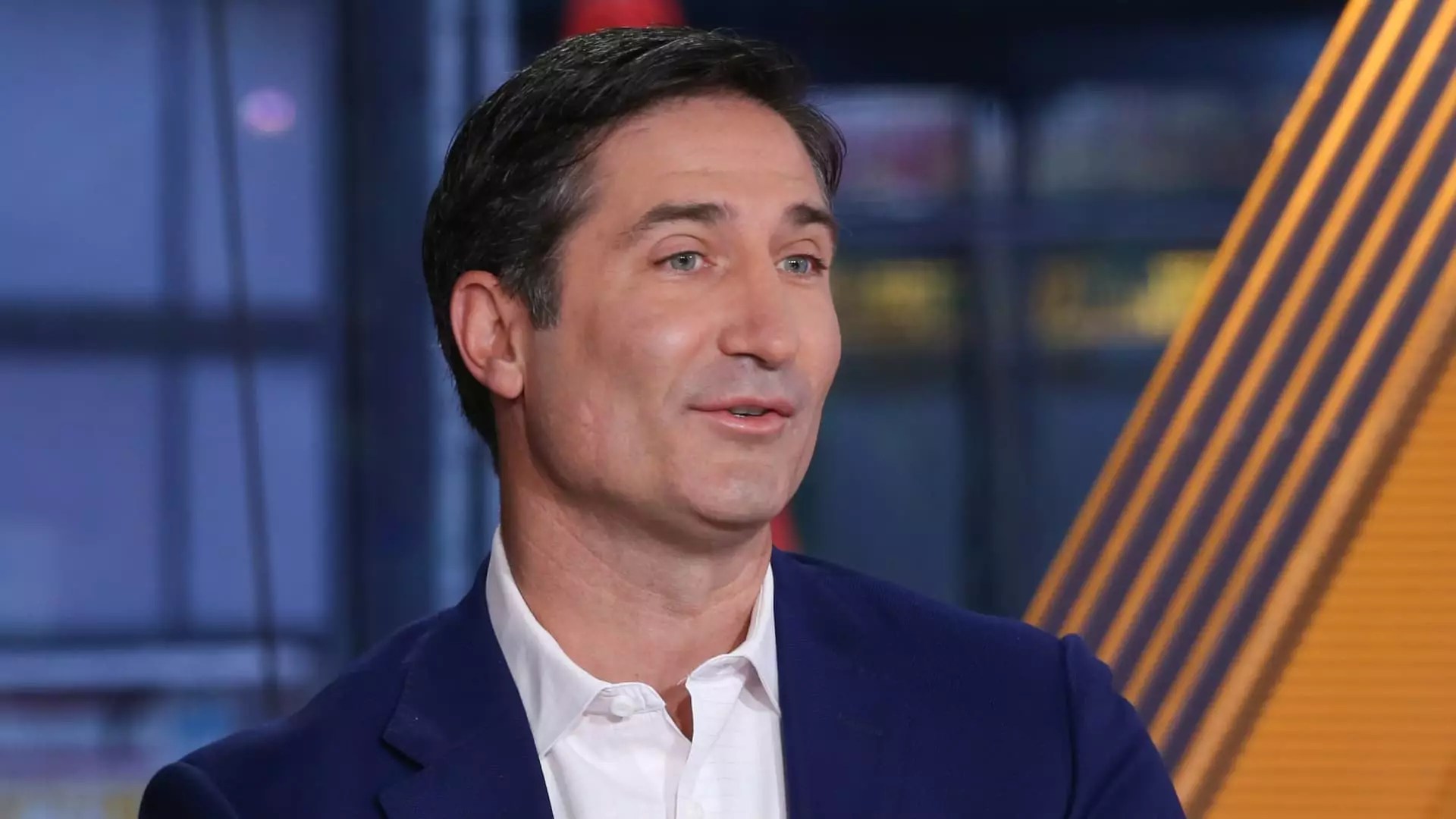On Tuesday, Starbucks unveiled its quarterly results, revealing a persistent downward trend in same-store sales, which marked the fourth consecutive quarter of declines. This downturn paints a picture of a company grappling with challenges in its core U.S. market. Despite this grim sales outlook, the coffee giant managed to exceed Wall Street’s forecast in terms of both quarterly earnings and revenue. Specifically, Starbucks reported a quarterly net income of $780.8 million, equating to earnings per share of 69 cents, slightly surpassing the anticipated 67 cents. Revenue also outperformed expectations, standing at $9.4 billion, higher than the projected $9.31 billion. Despite these positive financial results, a closer inspection indicates areas that require urgent attention and improvement.
In the wake of these results, CEO Brian Niccol reassured stakeholders via a video statement, emphasizing the progress achieved thus far in their strategic turnaround plan initiated last quarter. Niccol’s confidence is rooted in early-stage changes aimed at rejuvenating the brand’s appeal and customer experience, such as eliminating additional charges for non-dairy milk and re-focusing marketing efforts on core coffee offerings. These initial modifications seem designed to address the waning interest in Starbucks’ products, a situation exacerbated by shifts in consumer preferences and stiff competition in the beverage sector.
The stock market responded favorably to these announcements, with shares rising 3% during extended trading hours, reflecting optimism among investors regarding the company’s recovery strategy. However, one must remain cautious about overreacting to short-term stock performance when considerable work lies ahead to restore customer loyalty and engagement.
A deeper dive into the company’s performance reveals that same-store sales plummeted by 4%, driven primarily by an 8% decrease in traffic to cafes across the U.S. This decline in foot traffic signals broader trends affecting retail spaces, likely fueled by changing consumer behavior towards dining and beverage consumption, as well as the rising prominence of alternative coffee outlets like Luckin Coffee that offer competitive pricing.
Even more concerning is the report that while U.S. operations saw a 4% drop in sales, the same situation echoed in international markets, notably in China where a 6% decline in same-store sales was reported. This decline also reflected a competitive marketplace where price wars are increasingly common. Starbucks has had to implement discounts to attract price-sensitive consumers, a tactic that, although necessary, could compromise its premium brand positioning over time.
Amidst these challenges, Niccol’s strategy seems to pivot on returning to the company’s roots—prioritizing the customer experience and elevating coffee as the centerpiece of their offerings. This ‘back to basics’ approach, while promising, also comes with its own set of risks. The substantial investments needed to revamp existing stores and revitalize brand identity can be daunting, particularly in light of plans to scale back on new store openings and renovations for fiscal 2025.
Moreover, rethinking the internal structure, such as splitting the North American presidency into two positions, hints at a response to operational inefficiencies. Niccol’s decisions point towards an aggressive restructuring that echoes the need for agility in a fast-changing marketplace.
In conjunction with these strategic shifts, significant changes within the corporate workforce are on the horizon. Although specifics regarding layoffs have yet to be detailed, the move suggests a hard look at talent management and operational efficiency—a critical component as Starbucks navigates its comeback.
As Starbucks spearheads its turnaround efforts in a fiercely competitive environment, the road ahead is fraught with both challenges and opportunities. The company must not only revamp its tactical approach to regain customer loyalty but also ensure that its strategic pivots do not alienate its base. Balancing costs, maintaining quality, and enhancing the customer experience will be pivotal as Starbucks endeavors to reclaim its preeminent position in the beverage landscape.


Leave a Reply